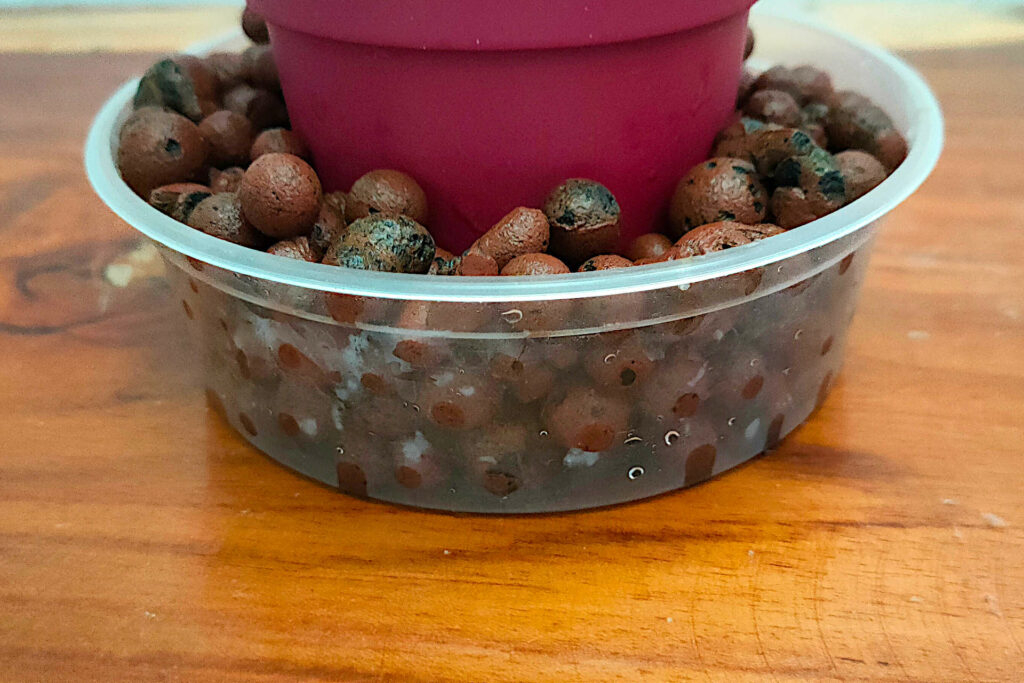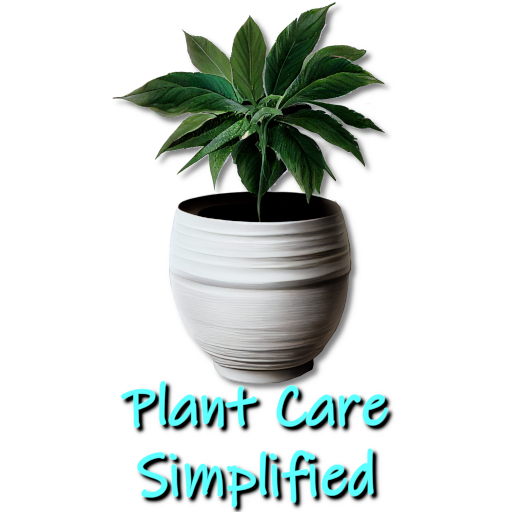Understanding Humidity for Monstera Plants
Kim is passionate about helping people create beautiful, healthy indoor spaces that are filled with plants. Kim believes that plants make us happier, healthier human...
Understanding and maintaining the ideal humidity levels is key if you're looking to keep your Monstera plant healthy and thriving. Monstera plants are native to tropical rainforests, and so these tropical plants thrive in highly humid environments.
The genesis of the Monstera plant makes it essential for growers to understand and maintain the ideal humidity levels for their Monstera. The ideal humidity range for these plants is between 60% and 80%. Maintaining these levels can be impacted by seasonal changes, heating and air conditioning, and other factors.
Below, we'll delve into the science of humidity, the importance of humidity for Monstera plants, and how to measure and adjust humidity levels to keep your plant in top condition. We'll also explore ways to increase or decrease humidity levels by misting, using a pebble tray, and a humidifier. Whether you're a seasoned grower or just starting out, this guide will give you the knowledge you need to care for your Monstera plant.
What is Humidity?

Humidity refers to the amount of water vapor in the air. It is often measured as a percentage, with 100% humidity indicating that the air is completely saturated with water vapor.
Understand the Science of Humidity
The science of humidity is simple: it refers to the amount of water vapor present in the air. This measurement is expressed as a percentage, with 100% humidity, meaning that the air is fully saturated with water vapor. The key factor in understanding is that humidity levels are not just a random factor but instead affect the health and growth of Monstera plants.
Why is Humidity Important for Monstera Plants?
Monstera plants are native to the tropical rainforests of Central and South America, where the air is consistently warm and humid. In their natural habitat, the high humidity helps to prevent the leaves from drying out and promotes healthy growth. When growing Monstera indoors, it is important to recreate similar conditions to keep the plant healthy and thriving.
Optimal Humidity Levels for Monstera Plants
The ideal humidity level for Monstera plants is between 60% and 80%. At these levels, the plant can absorb enough moisture from the air to keep its leaves hydrated, while also avoiding conditions that can lead to fungal growth or disease.
How to Measure Humidity for Your Monstera Plant
There are several ways to measure humidity levels for your Monstera plant, including:
- Hygrometer: This device measures the relative humidity in the air and can be found at most garden centers or online.
- Wooden Probe: Insert a wooden probe, such as a chopstick, into the soil near the plant. The air is too dry if the chopstick feels dry to the touch. If the chopstick feels moist, the air is too humid.
- Hands: The easiest and most straightforward way to determine humidity levels is by simply touching the leaves of your Monstera plant. If the leaves feel dry to the touch, the air is too dry. If the leaves feel moist, the air is too humid.
Seasonal Changes and Their Effect on Humidity Levels
As the seasons change, so do the humidity levels in the air. During the winter months, when the air is drier, it may be necessary to increase humidity levels for your Monstera plant through misting, using a pebble tray or a humidifier. In the summer, when the air is naturally more humid, you may need to decrease humidity levels through ventilation, reducing misting or using a dehumidifier.
It is important to monitor the humidity levels in your indoor environment regularly and make adjustments as needed to ensure the health and growth of your Monstera plant.
Impact of Heating and Air Conditioning on Humidity Levels
Heating and air conditioning can also significantly impact the humidity levels in your indoor environment. Heating systems can dry out the air, making it essential to increase humidity levels through misting, using a pebble tray or a humidifier. On the other hand, air conditioning can reduce humidity levels, so it may be necessary to increase humidity through misting or using a humidifier.
It is important to consider the effects of heating and air conditioning when monitoring and adjusting humidity levels for your Monstera plant. Making small adjustments, such as using a humidifier or increasing misting, can go a long way in maintaining ideal humidity levels and keeping your plant healthy and thriving.
How to Increase Humidity for Your Monstera Plant

There are several ways to increase humidity levels for your Monstera plant, including:
- Misting: Misting the leaves of your Monstera plant with water a few times a day can increase humidity levels and help keep the leaves hydrated.
- Pebble Tray: Using LECA to increase humidity. Fill a tray with LECA pebbles and water and place it near your Monstera plant. As the water evaporates, it will increase the humidity in the air.
- Humidifier: A humidifier can help to maintain consistent and ideal humidity levels for your Monstera plant.
How to Decrease Humidity for Your Monstera Plant

In the event that the air is too humid for your Monstera plant, there are several ways to decrease humidity levels, including:
- Ventilation: Opening windows or using fans to increase air circulation can help to decrease humidity levels.
- Reduce Misting: Reduce the frequency of misting or avoid misting altogether to decrease humidity levels.
- Dehumidifier: A dehumidifier can help to remove excess moisture from the air and decrease humidity levels.
Maintaining Humidity for Your Monstera Plant?
Misting your Monstera plant with water is a simple way to increase humidity levels and keep its leaves hydrated. However, it is important to be mindful of the frequency and amount of misting you are doing to avoid over-saturating the air. A general guideline is to mist the leaves a few times a day, but it may vary based on the climate and location of your plant.
In addition to misting, a humidifier can also be used to maintain ideal humidity levels. It is essential to choose the right size of humidifier for your plant and the room and regularly clean and maintain the device to prevent the growth of bacteria and mold. On the other hand, if the air is too humid, a dehumidifier can help remove excess moisture.
Additional Tips for Optimal Humidity
In addition to understanding humidity, measuring it accurately, and adjusting as needed, several other tips can help to ensure that your Monstera plant thrives. These include ensuring that the plant has proper drainage, not overwatering, and avoiding placing the plant in areas with sudden temperature changes or strong air currents. It is also advisable to regularly check the humidity levels and make any necessary adjustments to ensure that the plant receives the proper care.
Kim is passionate about helping people create beautiful, healthy indoor spaces that are filled with plants. Kim believes that plants make us happier, healthier human beings, and she loves sharing her knowledge with others so they can experience the joys of plant care for themselves. <a href="https://plantcaresimplified.com/kim-marson/">Read more</a>
More Posts